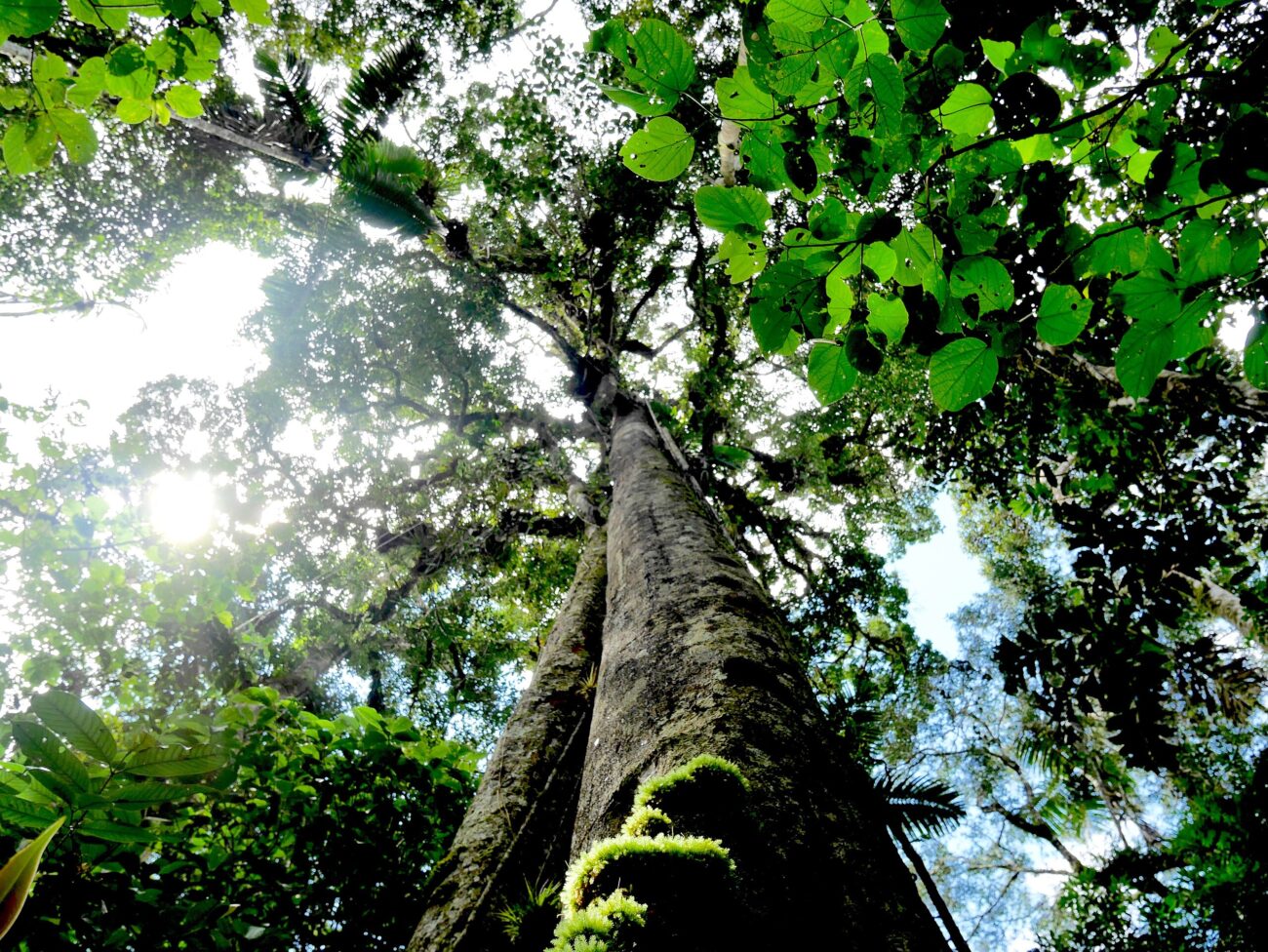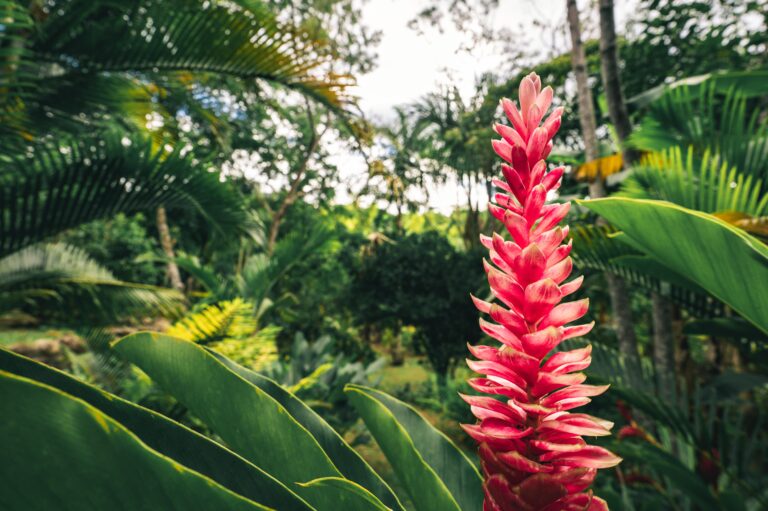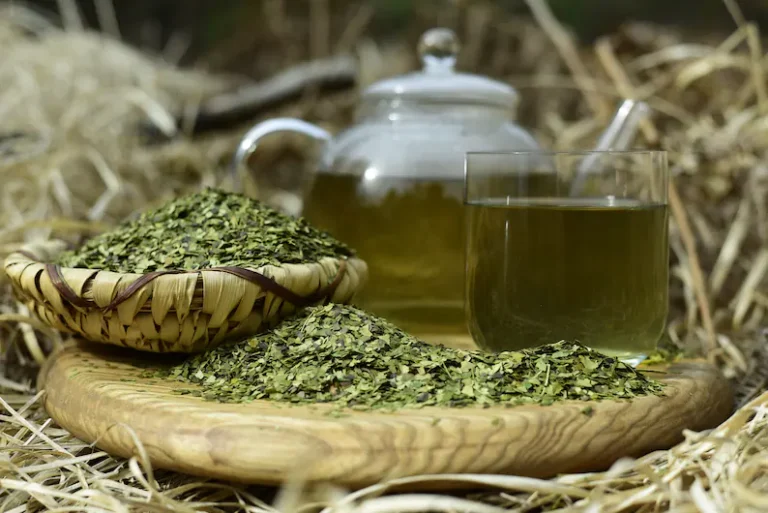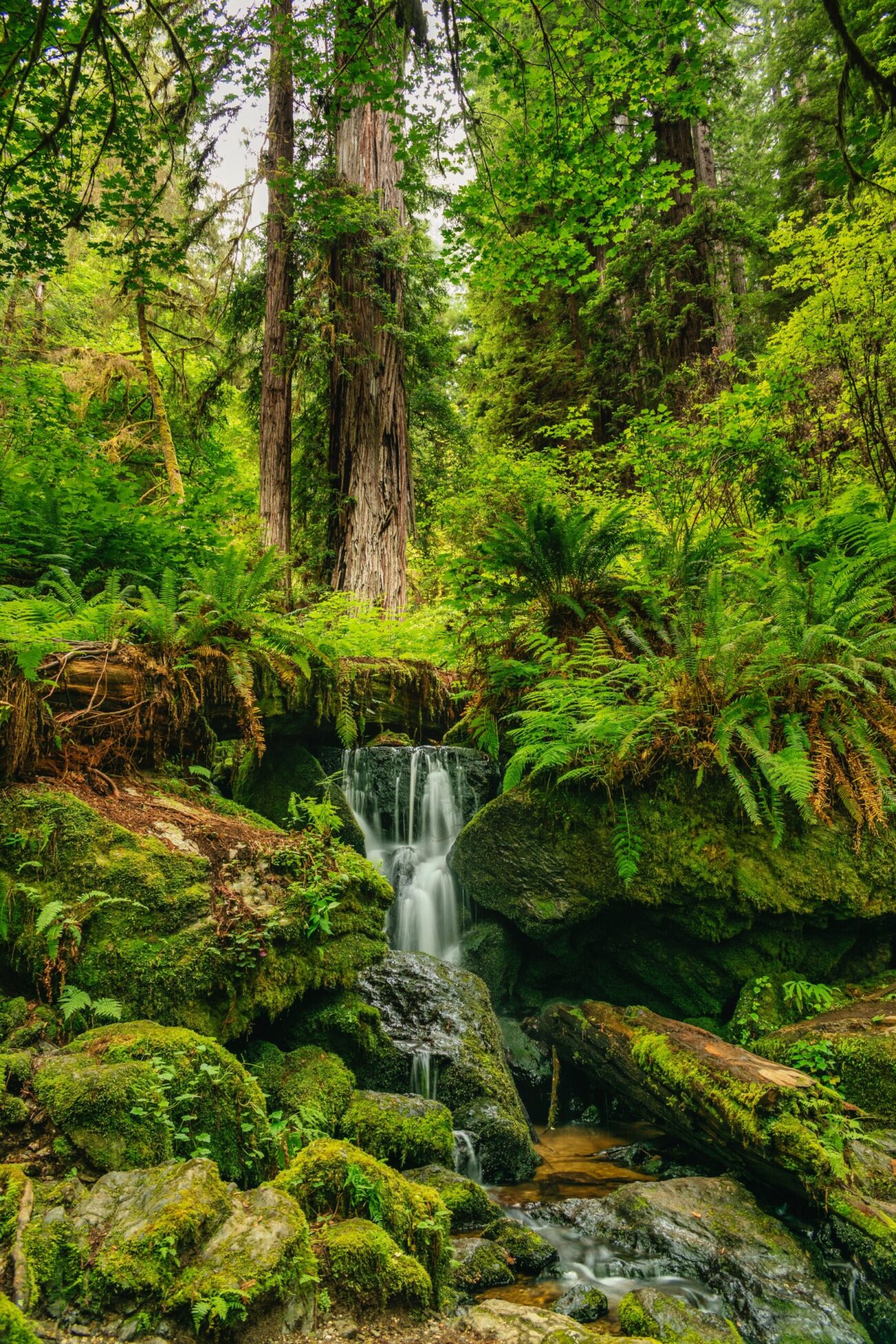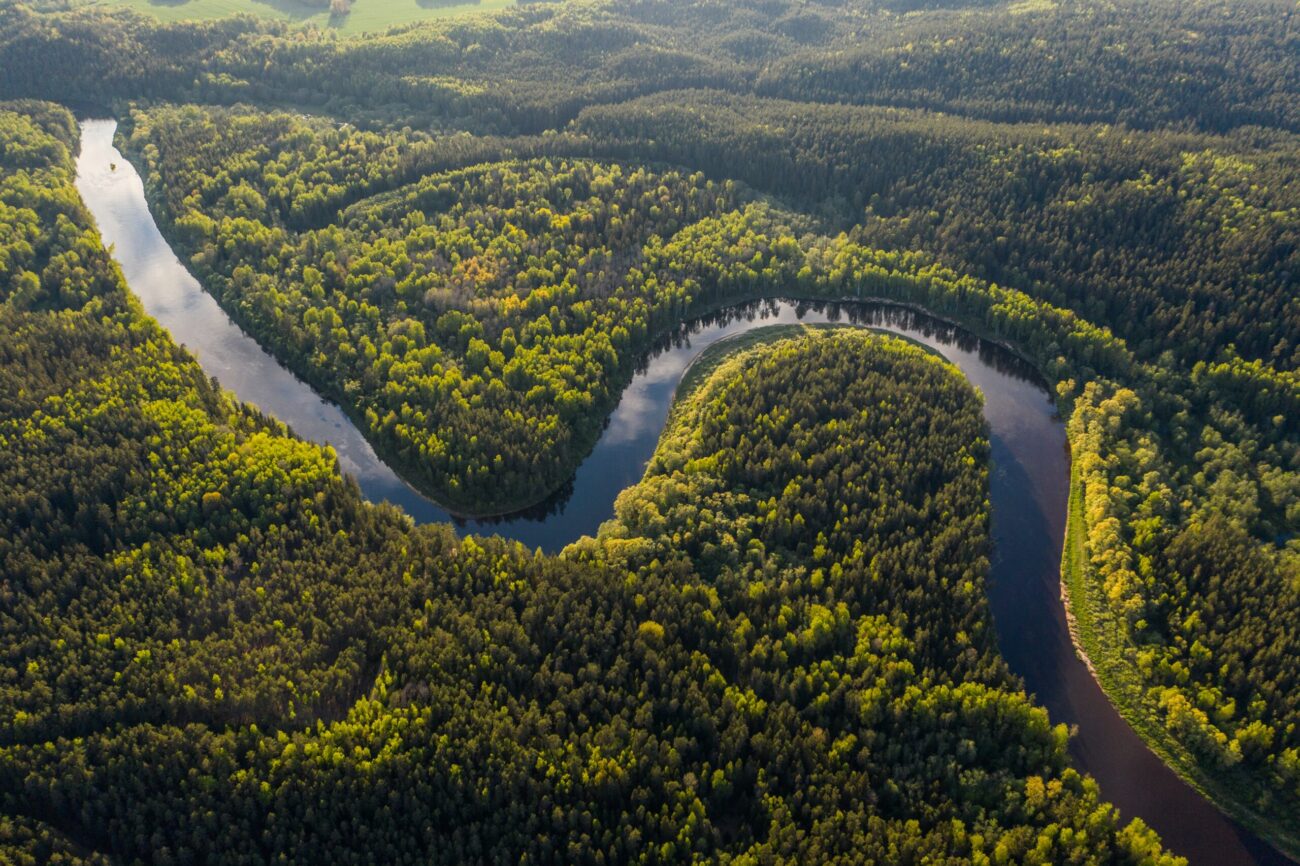The Friendly Plants (Chukchuwasi)
Everywhere, there are different tribes in Amazonia; some seem to be forgotten by God and humanity. They are so isolated and fenced by the jungle; they are so peripheral and marginalized that instead of hamlets or villages, human settlements seem like tombs where the indigenous spirits live their other lives.
A million invisible mosquitoes per square centimeter are in the environment. Despite their zooming, there is clarity and transparency. The strong zenithal rays of the sun light like wicks the bodies of people. The bijao plants and heliconia bananas, the wild honeycombs are filled with honey, and at the sand beach burns every piece of debris left to sunbathe. Only the river remains indifferent and fresh, with his blue-green waves where thousands of swimming fish taint the sunflecks crossing the canopy with the tannin bronze that resplendent golden, red, silver, or green color sparks from their bodies. Often, a blue morpho butterfly can be seen flapping wings near the surface of the water, as if trying to capture these magical reflections to paste them in its own flutter.
One night, a bear came by the hamlet looking for food. It caught the young man by surprise and attacked him to the extent that he lost consciousness and lay immobile on the ground. A bit later, a shaman that had been transformed into a wise owl was flying over the spot where he felt the bear claws and saw the macabre scene where some other animals had conveyed to eat on the remains; even some piraña had congregated by the river shoals. Realizing that it was such an abnormal occurrence, the shaman shouted to the winds, bringing the attention of other shamans of the nearby tribes, who responded swiftly with practical seeds they have tendered from time immemorial as treasured heirlooms from their ancestors.
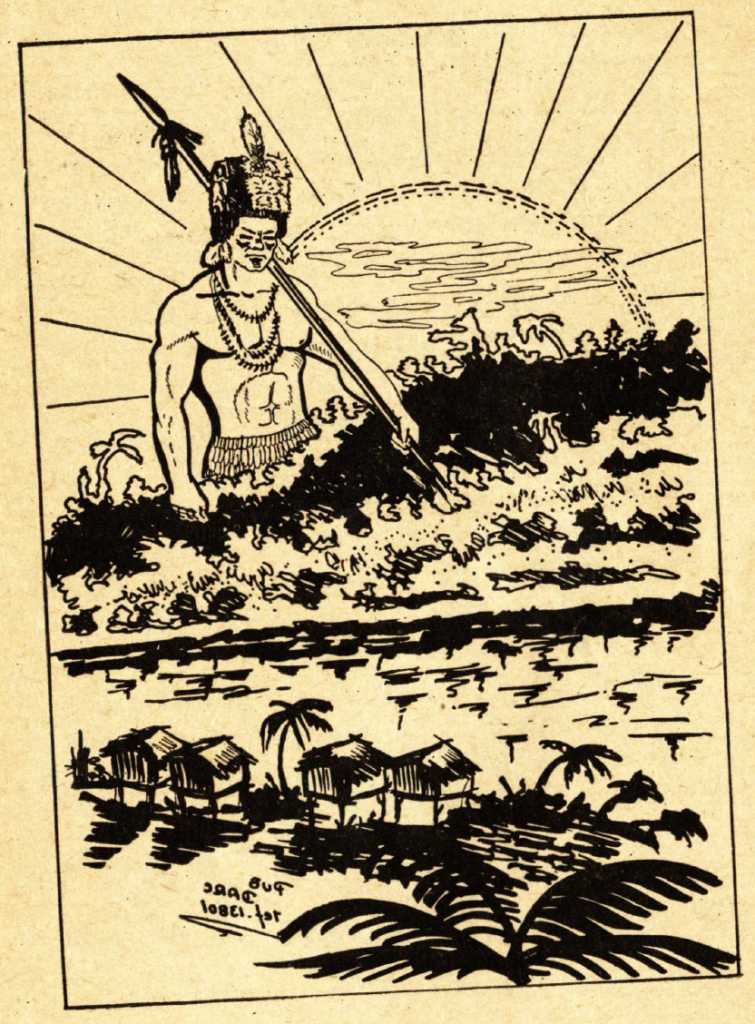
After receiving those presents, the shaman owl passed them over the corpse of the young man. Soon after, small movements of his laying cadaver started to move, at first with tinny shackling but with vigorous vibrations at the end. After the transformation, the area where he had fallen was cleared of brush and replaced with the most significant beneficial organisms. Along with the strong presence of the holly tree wayusa, several new flora and fauna elements were found. For instance, a tall sangre-de-drago tree had started to bleed a red sap that was anticeptic and antibiotic for his wounds. Another shorter but slender kauchu tree exudated a white latex that was then changed into a round plaster to keep the water away. Yet another ishpingu tree with yellow sap had sprouted nearby that was used to help the prepared food taste better and sweeter. Palms of different varieties had also appeared, carrying loads of nutritious and savory coconuts of various sizes and textures, including Chuntaduru, Runa Caspi, Ungurawa, Murichi, Chambira, Tawa, and many others. In order to help with the myriad of mosquito infestations, the shaman owl dropped a seed coming from the faraway mountains of the south, where the tall waterfalls jump from amidst the clouds, that grew a rare Kina tree whose bark was useful to prevent malaria.
The areas where the blood of the man had fallen were covered with saplings of an achioti shrub with spiny poles and prickly pods that encapsulated many intense red bixa seeds used to paint the body, plaster the hair, and as repellents of insects and other potent harmful agents. To make sure the jungle people could have a complete diet that fed their good humor instead of revenge, the shaman owl created a cocoa treelet with its flowers and fruits coming out of the trunk that was commonly taken as “the food of the gods”, becoming so valuable that the dried nuts became currency for trade and exchange of many of the jungle necessities, mainly salt and colorful feathers.
Each plant was given specific uses to benefit the man. However, the owl shaman saw that the dead body has lost the cinnamon bronze color of the people of the jungle and produced an incantation to create a single tree that could symbolize and bring back the health in a complete fashion. That is the reason for the existence of a rare tall chukchuwasitree that harbors the power of treating and preventing disease of many types and can be used in many forms, be it an infusion of its leaves, plasters of its tweaks, compotes of its fruits, creams of its exudates, or particularly alcoholic extracts of its bark. When properly extracted and respectfully consumed under the care of the shaman or any yachay medicine person, it produces miraculous improvement in the overall health condition of the sick, turning him or her into a healthy jungle person again.
Once the shaman owl saw all of this emporium of beneficial plants, he felt that chastising the bear was in order—something that could keep other unwary predators at bay. So, it found the bear eating a pineapple on the top of a branch overlooking the volcano, and with a strong blow from the crater, it cut the bear’s hand with the claws that had created the massacre. In its falling, it also brought down a tree snake and cut the nails of the foot from a tapir that was resting underneath the branch. That is the reason why people believe that having the hand of the bear, the fat of the snake, and the nail of “the great beast” will assure the home-dwellers a certainty in curing disease and getting rid of maladies sent from enemy shamans nearby.
Cultural Significance
There are plants that move in its own place as the sun rays change the angle of illumination on the forest floor. For instance, the plant of bijao (Calathea latifolia) is very useful from platters, to plates, to wrappers, to fibers for basketry making. The chambira palm (Astrocaryon chambira) is the queen of useful palms from which the rich elongated fibers are obtained to make numerous handcraft motives, but also practical household items, such as hamaca hammocks, straw hats, and morrales tote bags, and a multitude of ties, chords and long threads.
Many other palm species have direct utilitarian presence in the jungle-garden, including chunta (Bactris gasipaes) for stapple starch food; walking palm cashapuna (Socratea exorrhiza) for tools and sieves; runa caspi (Geonoma elegans) for ornamentation; ungurawa (Oenocarpus bataua) for delicious grapes and thatch roofs; murichi (Mauritia flexuosa) for succulent coconuts and drink juice; tawa or vegetal ivory (Phytelephas aequatorialis) for many crafts.
Other plant species are very useful, like achiuti (Bixa orellana) as insect repellent or espice, and sangre de drago (Croton lechieri) as the miraculous antibiotic/antiseptic, or the Kina tree (Cinchona succirubra) to protect against fevers and malaria. But the most respected medicinal plant is a tall tree, considered to be the nurse panacea for many health disorders, the Chukchuwasi tree (Maytenus krukovii) specially when obtained from its bark.

